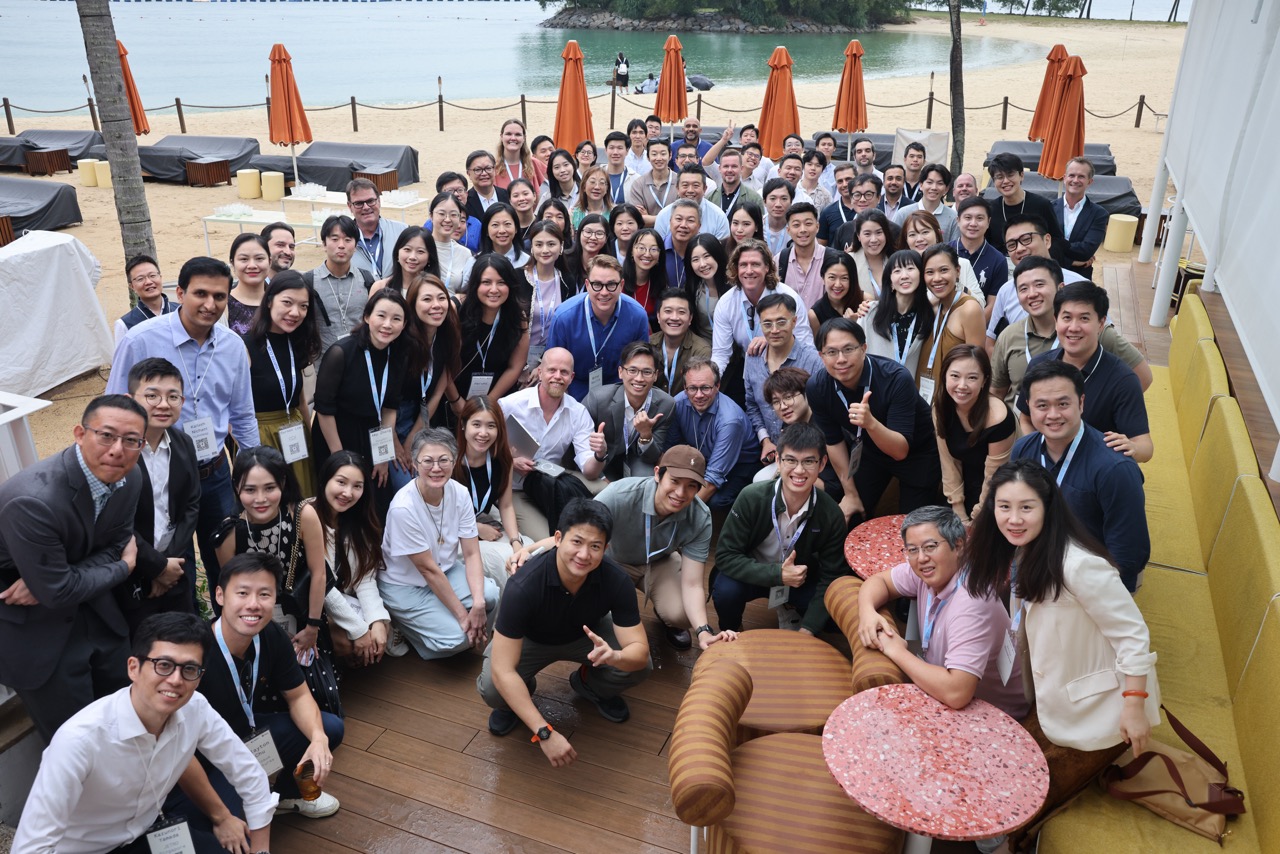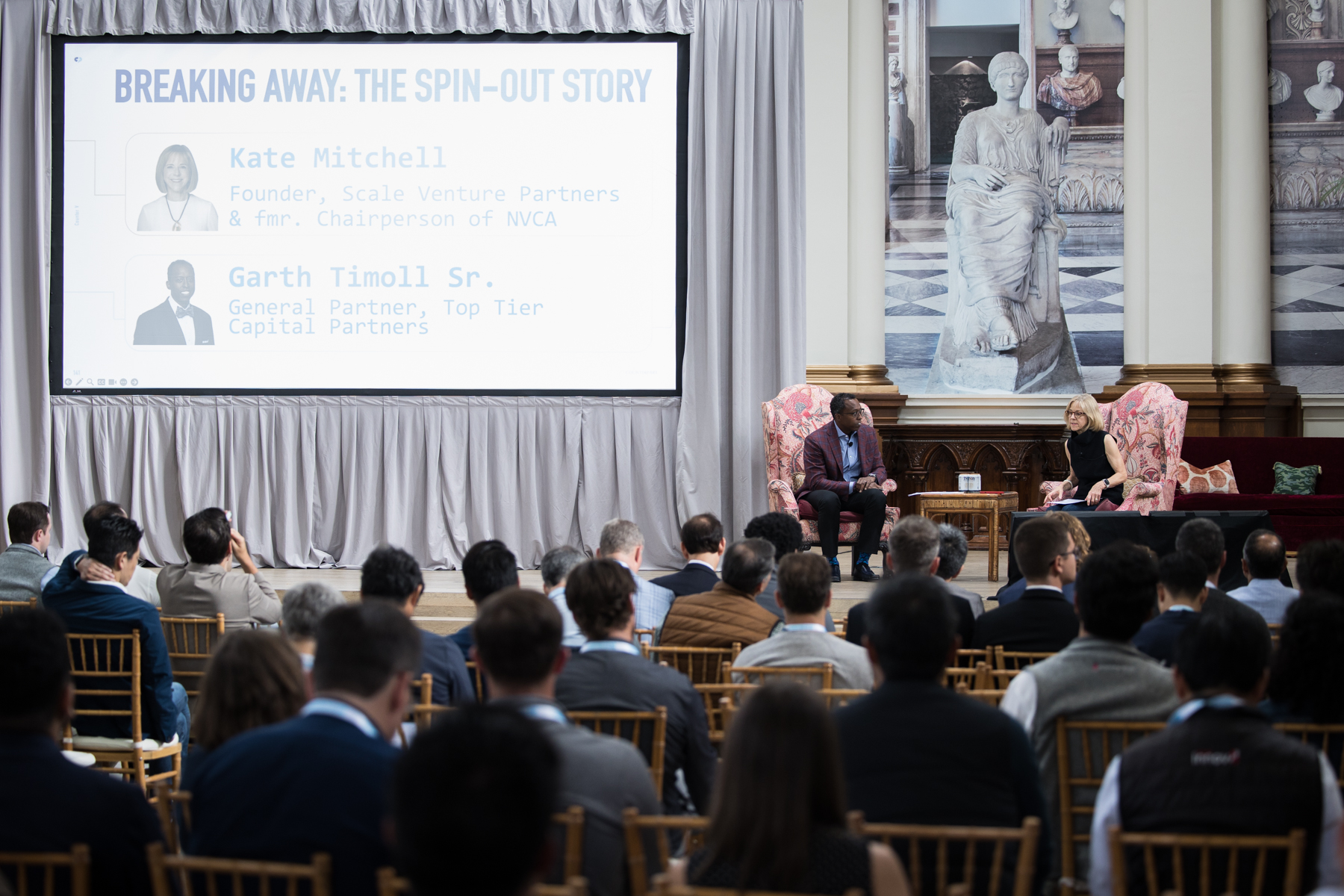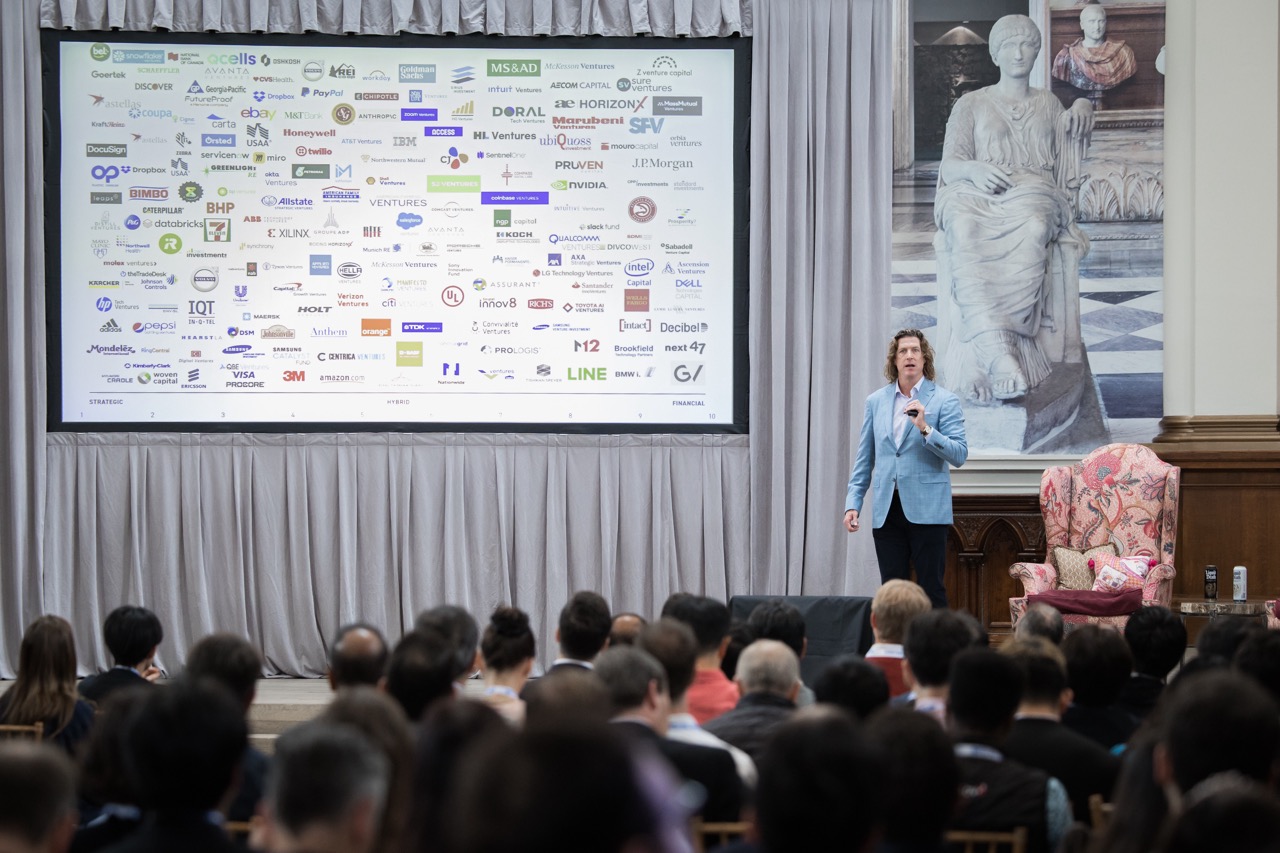Winning the AI Race: America’s AI Action Plan with Michael Kratsios at Counter VI
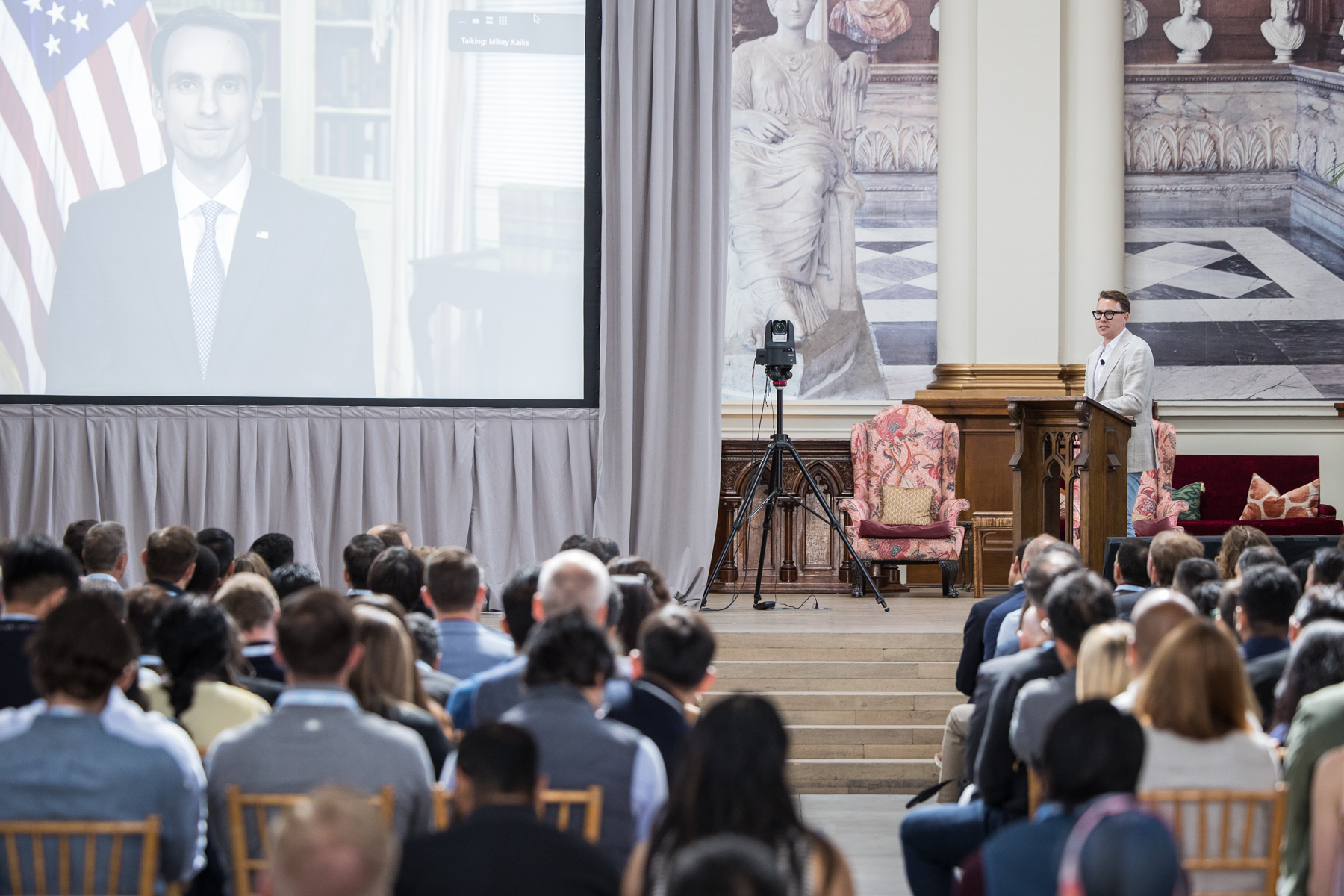
White House Director Michael Kratsios, outlined a vision for American AI leadership built on smart regulation, a strong domestic workforce, and the importance of the "American Stack".
Every single corporate VC at Counter VI was gathered eagerly anticipating the conversation about to be had with Michael Kratsios, Assistant to the President and Director of the White House Office of Science and Technology Policy. Earlier this year, the White House released its AI Action Plan which laid out the strategy for how America would dominate the AI Race. Policy decisions that would impact the pace at which AI is rolled out, the democratization and accessibility of AI to all and how future generations will enable America to maintain its leadership with this generational technology.
Michael Kratsios is one of the co-authors of the AI Action Plan, having started his career in politics as the CTO of the White House under the first Trump Administration. I was delighted to speak with him at Counter VI and inform corporate leaders from around the world why America is the home of AI.

We want everyone in the world, every other innovator, that wants to build a model or a new application, to do it on top of American technology. We want to make sure that the entire world is built on and running on the "American Stack". What we mean by stack is essentially down to three layers: It's chips, it's models, and its applications. Now we’re working on developing an export package that can get this technology out into the world, to all our partners and allies.
Almost every investor in the room at Counter VI has spent the last few years coming to terms with the impact of AI on their parent corporation. In our State of CVC Report, co-authored with SVB, 69% of respondents (n=156 CVC funds) cited AI as the trend they are most excited about, up from 55% in 2024.
CVCs have embraced investing in AI technologies with the capacity to drastically transform their corporations, but most have yet to feel the trickle down effects take place. It begs the question - are we completely over-hyped or have we misunderstood the impact on users? Or are we still stuck in the decline phase of the J-curve before the true impact of enterprise AI is unleashed?
Throughout the week of our inaugural CVC Week, I had the pleasure of reconnecting with and meeting many new CVC funds. In all of these conversations the topic of AI adoption came up. In my conversation with Director Kratsios he noted that America’s success in AI cannot be judged by model size or benchmark scores—but by adoption.
“The real metric of success is whether our AI is actually being used to solve real problems in healthcare, finance, agriculture, and more. That’s why corporate venture is critical—because you understand your organizations and how to deploy AI to make impact.”
For corporate investors, this means the onus is now on to integrate AI - accelerating adoption inside complex industries where startups alone cannot scale transformation. There’s still lots of work to be done. In manufacturing for instance, this MIT report explains the productivity paradox firms will face when adopting AI - a sort of calm before the storm. And this terrific blog from my good buddy Aditya Raghupathy highlights the real discerning disconnect that exists on shop floors around America. I think this sobering realization is consistent for many other industries too as firms still grapple with how to embrace these transformational technologies. I asked Michael about what the government is doing expedite the implementation of AI into America’s corporations:
You talk about a “try-first” approach to AI in the Action Plan, encouraging adoption rather than taking a more cautious approach. What policies is the White House introducing to derisk AI adoption in American corporations?
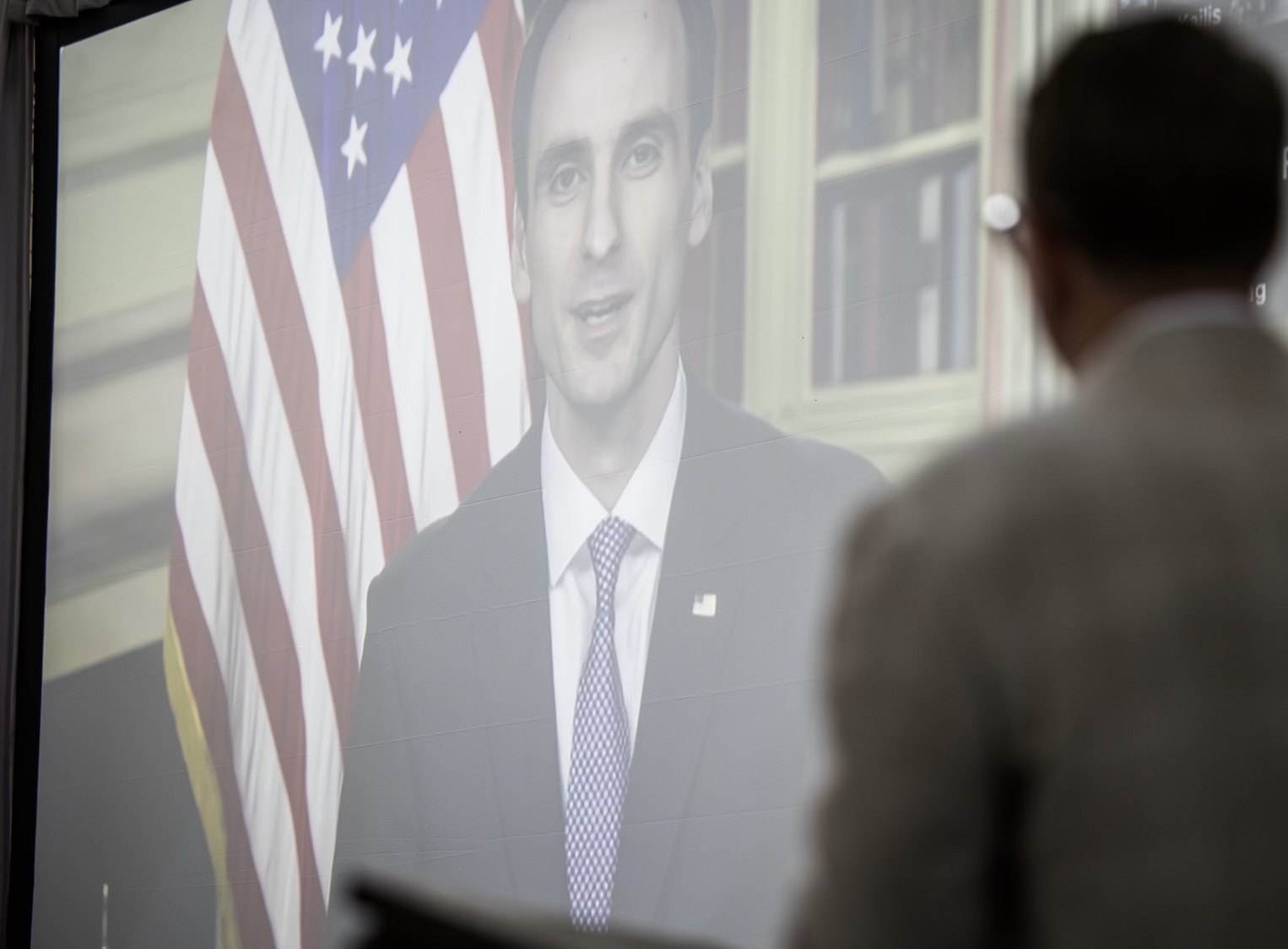
Coordinated Federal Effort Required to Establish a "Try-First" Culture for AI
One of the actions in the AI Action Plan is a regulatory sandboxing approach which was introduced as a bill in the Senate. This bill legislates to create an environment where groundbreaking AI can flourish, providing no impediment to the capability of enterprise AI in regulatory heavy industries like healthcare, biotech or financial services. As I spoke with Director Kratsios it became more and more clear that this Administration will give American innovators the capacity to flourish. We’re seeing landmark investments here in the US, particularly in areas such as data centers and nuclear energy, as well as in the automotive industry and the capacity to train the next generation of America’s workforce. AI leadership requires people who can build, install, and scale the infrastructure. Michael highlighted that the country’s greatest constraint is not silicon, but skilled labor.
“If you talk to the people who are building projects like Stargate in Texas, the biggest challenge they face isn’t getting the technology or the chips, it’s getting the electricians and HVAC people and all the other tradesmen they need to build this stuff.”
When it comes to grooming the next generation of artificial intelligence thought leaders, Michael pointed to a concerning trend: 30 years ago, 75% of computer science PhDs were American-born. Today, that number has dropped to 34%. “We have to allow a free market for talent—but we also have to create a larger pool of talented Americans to go into this field”.
The White House is investing in programs that encourage more U.S. students to pursue AI and STEM fields, ensuring that the next generation of innovators is homegrown. I, along with every other investor in the room, was enthused by the Administration’s efforts to unleash America’s potential and what that means for VCs and entrepreneurs alike.

Where the Rubber Meets the Road
Earlier this year I attended the Reindustrialize conference in Detroit, meeting with fellow investors and entrepreneurs building in and around manufacturing, defense and other critical industries. Here at Counterpart we have made a few investments in manufacturing tech with companies such as InfinitForm and Pico MES and I continue to get excited about the potential for AI to disrupt legacy manufacturing processes.
However, interestingly I found the room was dominated by investors and innovators, but largely missing from this conference were the users/buyers of the technologies. Business leaders, budget owners. While its indisputably clear that the current AI boom is a generational moment, there is still a long way to go until we see the real effect in productivity and subsequently in the quarterly earnings reports.
Having access to 1500+ corporate VCs in our Counter Club community, we’re able to source co-investment opportunities and get a sense as to where certain corporations are placing their bests for the next 5 years. CVCs have this wonderful headstart on traditional VCs, more often than not operating as the market incumbent. Strategically motivated CVCs are the eyes and ears <5 years out from where the corporation is headed. Operating in this unfair advantage reminds me of what Founders Fund's Trae Stephens said last year on stage at Counter IV. Not verbatim but along the lines of:
Smart CVCs should aim to inflate the valuation of their investments and portfolio companies by tying a significant commercial agreement to their investment. It is somewhat insider-trading as you’re operating off private knowledge, but if you’re not taking advantage this way then you need to seriously consider why you exist.
Trae, a CVC skeptic, was saying that smart CVCs can essentially inflate the valuation of their startup investments by investing right before a significant commercial agreement (customer, partner or otherwise). Having observed CVC behavior now for several years, I am surprised more CVCs do not follow this methodology more often.
So when Michael Kratsios dialed in virtually from the White House as the Keynote Speaker at Counter VI, I was curious to understand how the current Trump Administration would roll back the red tape and unleash AI to its full potential.
We want America to be the place where the next Great AI company is built, and that requires us to create a regulatory environment that allows these innovations to thrive here. And that was something that's a big change in regulatory policy from where the prior administration was.
We view the world of AI regulation as being use-case and sector specific. So the folks that are regulating AI powered medical diagnostics at the FDA are very different than the types of people who are thinking about autonomous vehicles or drones at the Department of Transportation. So trying to create a single one size fits all AI regulation like they have in Europe is something that we are very much against. We believe that this technology is ubiquitous. It's going to be in everything that we touch from financial services to agriculture to health. And each of those agencies that already have a regulatory mandate are the ones who'd be thinking about how to incorporate and think about AI in their existing mission.

I saw many eyeballs pierced on the screen listening in to Michael Kratsios as we talked about the importance of deregulation to ensure AI will thrive in America. Deregulation ensures markets can prosper and a free market is what America is built on, which unequivocally places America ahead of foreign adversaries in the AI race. Its why the San Francisco Bay Area remains the hub of innovation and venture capital. Its why ambitious entrepreneurs continue to flock here, because the tools, the capital, the knowledge and the skills are all here for America to win this race.
I do think we are an AI race. I think it was very deliberate and intentional that the action plan was called “Winning the AI Race”. We released our report on a Wednesday or Thursday in July and two days later the largest AI conference in the world was in Shanghai, after which the PRC put together their own AI action plan as an attempted response to ours.
From flexible regulation to reskilling America’s workforce, Michael’s remarks underscored that the future of AI leadership depends on collaboration between government, industry, and corporate investors. Regulation that enables experimentation. A workforce that can build and maintain the infrastructure. Exports that extend U.S. influence. And adoption that drives measurable impact across industries.


.png)
.svg)



.svg)
.svg)
.svg)
